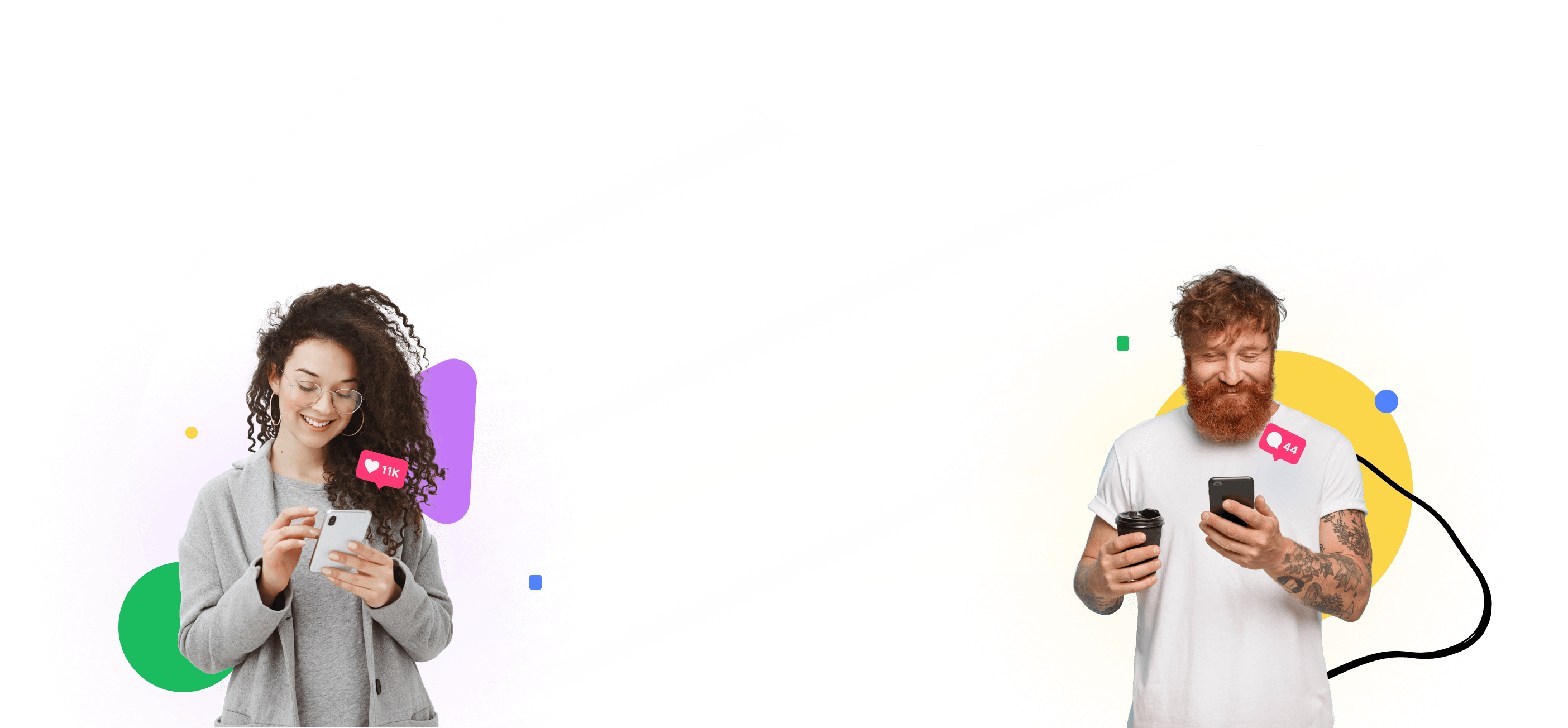In an age of endless feeds and infinite content, getting someone to stop scrolling is the new digital gold. Social media users process hundreds (sometimes thousands) of posts per day. To break through the noise, brands and marketers need more than good design or clever hashtags. They need to understand why users stop scrolling in the first place.
This blog post explores the psychology behind scrolling behavior and what makes a post thumb-stopping, from visual hierarchy to emotional triggers, and how you can apply these insights to your content strategy.
The Brain on Scroll: Information Overload and Filtering
Our brains are wired to scan for relevance, especially when faced with an overwhelming amount of information. When scrolling social media, users are in a state of rapid content evaluation: assessing text, images, colors, and motion in milliseconds.
This behavior is governed by the brain's reticular activating system (RAS), which filters what’s important and ignores the rest. If your content doesn’t immediately seem relevant, it’s likely to be passed over.
What you can do: Use content cues (familiar imagery, human faces, or on-brand visuals) that your target audience already associates with value or interest.

Visual Hierarchy Stops the Scroll
People don’t read posts: they scan them. Eye-tracking studies show that posts with a clear visual hierarchy outperform those with cluttered or unstructured layouts.
- Elements that enhance hierarchy:
- A strong focal point (e.g., a face, bold text, or striking color contrast)
- Clear separation between image and text
- Use of whitespace to avoid cognitive overload
Clean, visually digestible posts allow users to quickly identify whether the content is worth engaging with.
Emotional Triggers Create Micro-Stops
Emotions play a huge role in scroll behavior. Posts that spark curiosity, nostalgia, inspiration, or even controversy tend to grab attention. In fact, emotional resonance is more powerful than utility when it comes to scroll-stopping content.
- Common emotional hooks:
- Surprise or delight (unexpected visuals or copy)
- Empathy (relatable scenarios or storytelling)
- Fear of missing out (FOMO through exclusivity or urgency)
Even a small emotional reaction is enough to cause a micro-stop. A short pause that could lead to engagement!

Movement and Motion Capture the Eye
In an increasingly static sea of content, movement stands out. Subtle animation or short-form video content naturally draw the eye due to our evolutionary sensitivity to motion.
Best practices:
- Use motion with purpose, not just for decoration
- Keep videos short and silent-friendly (captioned!)
- Loop animations or GIFs to reinforce the message
When used well, motion can disrupt habitual scrolling and pull attention to your content.
The Role of Context and Timing
Finally, context matters just as much as content. A post that performs well in the morning might flop at night, depending on your audience’s routine and mindset. Users scroll differently depending on where they are, how they feel, and what platform they’re on.
Knowing your audience's behavior (including when and why they scroll) can give your posts the edge.
How to apply it:
- Test post timing regularly
- Analyze what posts perform best during specific parts of the day or week
- Adapt visuals and messaging to match context (e.g., casual tone on weekends, inspirational on Mondays)

Conclusion: Tap Into the Mind Behind the Scroll
Understanding the psychology behind scrolling helps you create content that resonates, not just interrupts. When you apply emotional insight, visual strategy, and contextual awareness, you can turn passive scrollers into active fans.
By focusing on what really makes users pause, you’re not just chasing engagement—you’re building connection.



